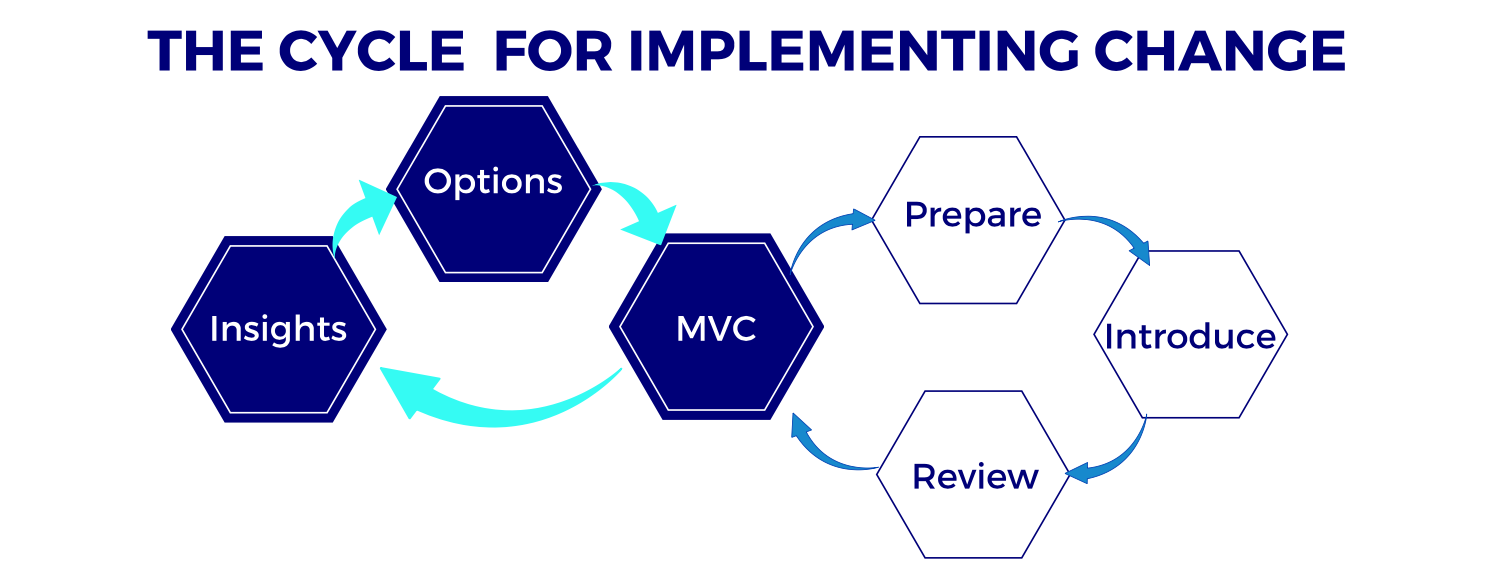In the wake of Covid-19, organizations are fundamentally rethinking their digital journey and the value of data they own to reinvent
For over half a century, organizational change management exists as a discipline on its own. 70-80% of all organizational change initiatives fail due to many factors but here are the key ones:
- Insufficient involvement of the people affected by the change – commonly change leaders tells the story of change trying to motivate the workforce. How about letting people tell the story themselves.
- Change is treated like a project with a start and end date – change can’t be controlled and managed upfront because it never stops and it is continuous.
- Change is rolled out in a big-bang approach– conventional change approaches often start based on a particular problem and business requirements specified by executives and rolled out using upfront design and static plans.
So traditional change management process won’t cut it!
Let’s rethink our approach to dealing with change.
“Use an approach where the secret sauce is involvement“
Lean-Agile Change management is a progressive practice of managing change that is iterative and incremental based on the following principles:
- Focus on people’s reaction to change rather than managing the change.
- Co-create change with the people affected by the change, build ownership and accountability.
- Take a feedback-driven approach not a plan; build feedback-loops to transfer the reaction of the people involved to continuously adapt and change the course of action.
- Have a vision for the change with a clear Why then deliver the change in small batches where people can digest and adapt to.
- Run experiments and learn from them instead of performing change activities.
- Focus on learning through speed and self-organization rather than focusing on efficiency and control.
Take an evolutionary approach rather than a big-bang plan for change.

Insights – where we understand the current state and problem using different techniques such as informal meetings, interviews, retrospectives.
Options – from the insights, we assess the balance between cost and value in order to determine the viability of the change.
Minimum Viable Change (MVC) / Experiments – from options, we start designing the smallest applicable change, MVC. The sub-loop is for running experiments and implementation:
- Prepare – this is the planning stage of the Experiment. We slice the MVC into small workable pieces, with start/end state, define measures for the end state and use Kanban Board or change canvases to manage the activities.
- Introduce – we start working on the change with the affected people. In this step, we hold scrum style meetings. In these meetings where new insights may emerge that feed the model. This is where we use Nudging and Cultural hacking techniques.
- Review – As change is implemented, we validate it and adjust it by measuring results and reviewing the outcomes of the Experiment.
Contact us today to learn how we can build a feedback–driven approach to managing change and involving your people to build a culture of continuous learning and experimentation.

